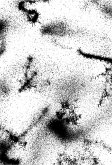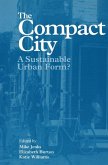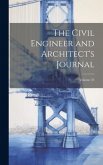The creative use of indeterminacy, that is, "chance," is an often-overlooked design opportunity despite the universality of chance in art, nature, science, and life. How can "chance," a seemingly capricious phenomenon, be made to work for someone? One controlled use of chance is through the Chinese I Ching "chance operations" method of composer and artist John Cage (1912-1992). This book addresses the questions of how one might approach using this method in landscape architectural design, what the outcome of such an indeterminate design would be, and whether or not it could lead to a viable constructed landscape. In addition, this book answers the question: What is the relationship between the I Ching, John Cage, and the constructed landscape anyway? The final product of the exploration of this method is a new hypothetical redesign of an existing plaza using Cage's techniques and a comparative evaluation of the new indeterminate concept and the two pre-existing designs, using the original program objectives as a guide against which the three designs can be judged for effectiveness.
Bitte wählen Sie Ihr Anliegen aus.
Rechnungen
Retourenschein anfordern
Bestellstatus
Storno








